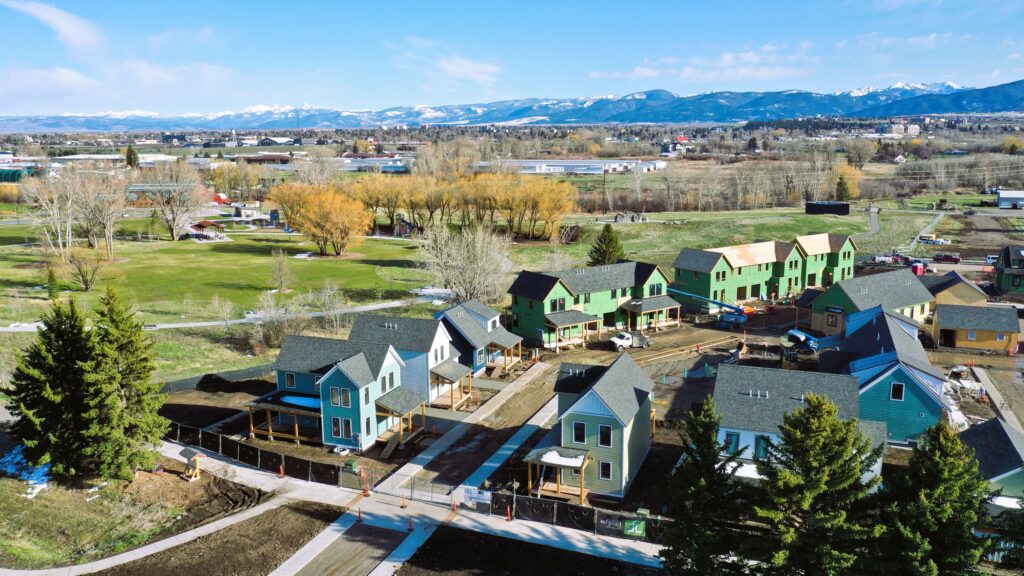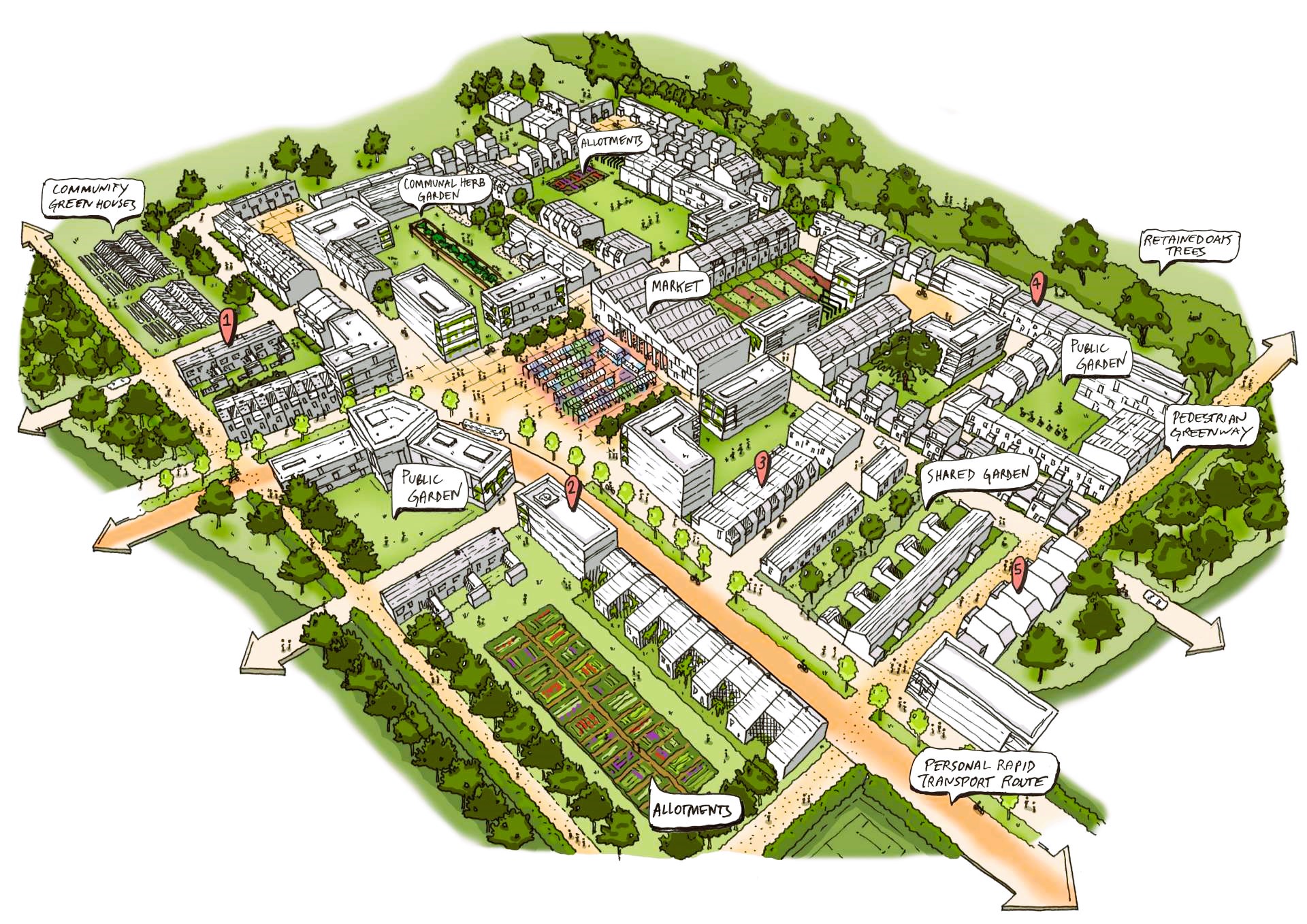Walkable neighborhoods are the cornerstone of vibrant and sustainable communities. In Ontario, Canada’s most populous province, the importance of creating well-designed, pedestrian-friendly environments cannot be overstated. In this article, we will explore the benefits of walkable neighborhoods and the strategies and standards that guide their development in Ontario. By connecting communities and prioritizing walkability, we can enhance the quality of life for residents and foster a sense of belonging in our neighborhoods.
- The Benefits of Walkable Neighborhoods
Walkable neighborhoods offer numerous benefits for residents, the environment, and the economy. Some key advantages include:
- a. Health and Well-being: Walking is a simple and accessible form of physical activity that promotes better health, reduces the risk of chronic diseases, and enhances overall well-being. Walkable neighborhoods provide opportunities for active transportation, encouraging residents to lead more active lifestyles.
- b. Environmental Sustainability: By promoting walking as a mode of transportation, walkable neighborhoods help reduce reliance on cars, lower greenhouse gas emissions, and minimize air pollution. They also support the conservation of natural resources by utilizing existing infrastructure more efficiently.
- c. Social Interaction and Sense of Community: Walkable neighborhoods foster social interaction and a sense of community. Pedestrian-friendly streets, public spaces, and amenities encourage residents to engage with one another, fostering social connections and a stronger sense of belonging.
- d. Economic Benefits: Walkable neighborhoods have been shown to support local businesses and contribute to economic vitality. When residents can walk to nearby shops, restaurants, and services, it boosts local commerce and reduces the need for long-distance car trips.
- Designing Walkable Neighborhoods
Creating walkable neighborhoods requires careful planning and design. Several key factors contribute to their success:
- a. Pedestrian Infrastructure: Sidewalks, crosswalks, and pedestrian-friendly intersections are essential elements of walkable neighborhoods. Well-maintained and accessible infrastructure ensures the safety and comfort of pedestrians.
- b. Mixed-Use Development: Incorporating a mix of residential, commercial, and recreational spaces within close proximity promotes walkability. This allows residents to meet their daily needs without relying heavily on vehicles.
- c. Connectivity: Walkable neighborhoods prioritize connectivity by establishing a network of interconnected streets, paths, and trails. This allows for convenient and direct pedestrian routes, reducing the need for detours and improving overall accessibility.
- d. Green Spaces: Integrating parks, green spaces, and urban forests within walkable neighborhoods enhances their desirability and provides residents with places for relaxation, recreation, and connection with nature. The Benefits of Trees: Greening Ontario’s Streets for a Healthier Future.
- Standards and Guidelines for Walkability

In Ontario, walkable neighborhood development is guided by standards and guidelines set forth by organizations and government entities. These resources provide frameworks for creating pedestrian-friendly environments:
- a. Ontario Ministry of Transportation: The Ministry of Transportation develops policies and guidelines for transportation infrastructure, including pedestrian facilities, to ensure safety and accessibility for all road users. Information can be found on the official website (www.mto.gov.on.ca).
- b. Municipal Standards and Guidelines: Municipalities in Ontario often have their own standards and guidelines for designing walkable neighborhoods. These resources take into account local context, zoning regulations, and community needs.
- c. Canada Mortgage and Housing Corporation (CMHC): The CMHC provides resources and research on creating sustainable and walkable communities. Their website offers valuable insights and best practices for neighborhood design.
- Community Engagement and Collaboration
Creating walkable neighborhoods requires collaboration between planners, developers, government agencies, and community members. Engaging the public in the planning and design process fosters a sense of ownership and ensures that neighborhood development aligns with community needs and aspirations.
Conclusion
Building walkable neighborhoods in Ontario is a fundamental step towards creating sustainable, healthy, and vibrant communities. By prioritizing pedestrian infrastructure, mixed-use development, connectivity, and green spaces, we can foster social interaction, enhance physical and mental well-being, and reduce our environmental footprint.
Through intentional design and community collaboration, Ontario can connect its communities and create neighborhoods that prioritize the needs and well-being of residents, ultimately contributing to a higher quality of life for all.


